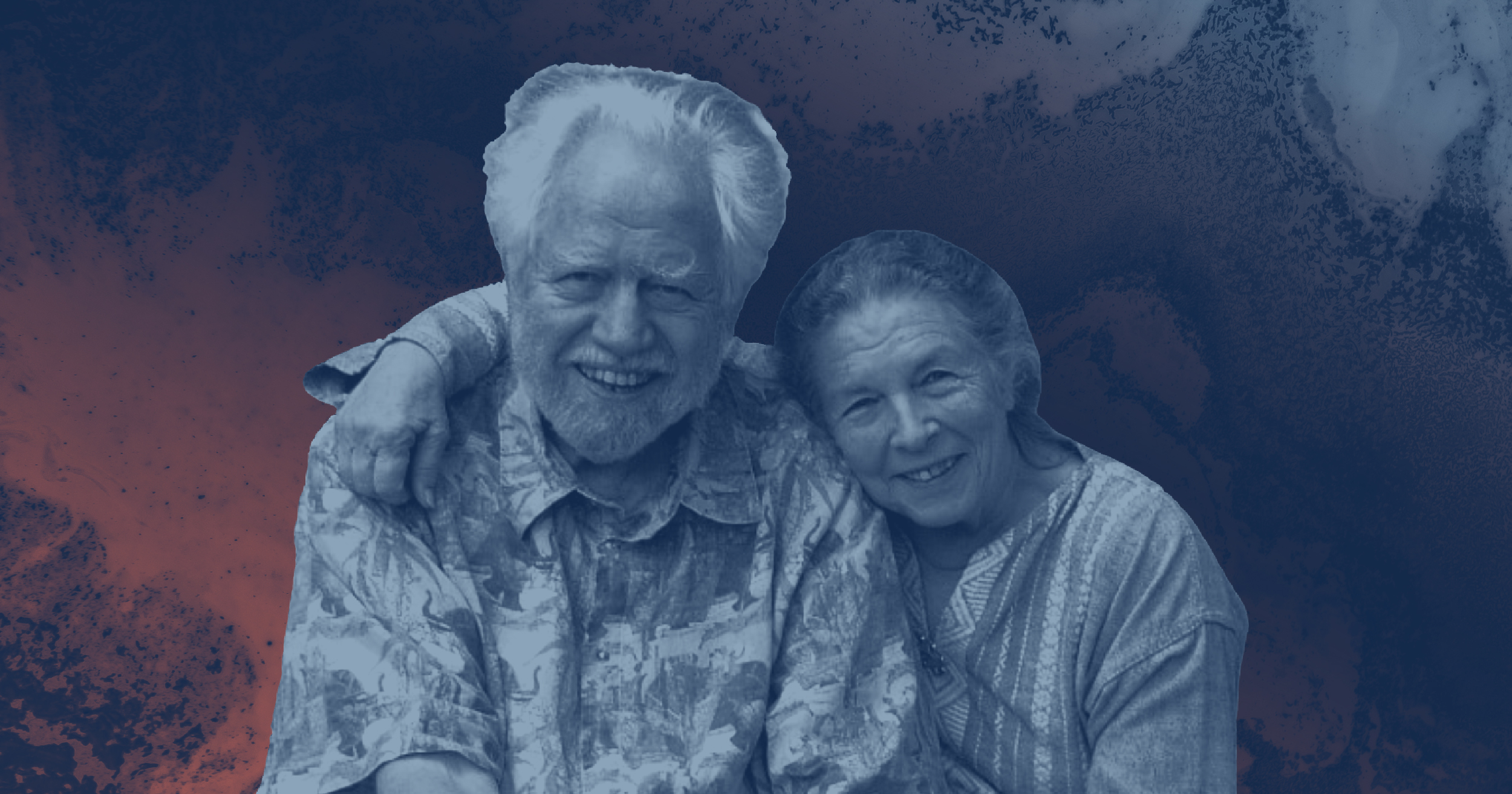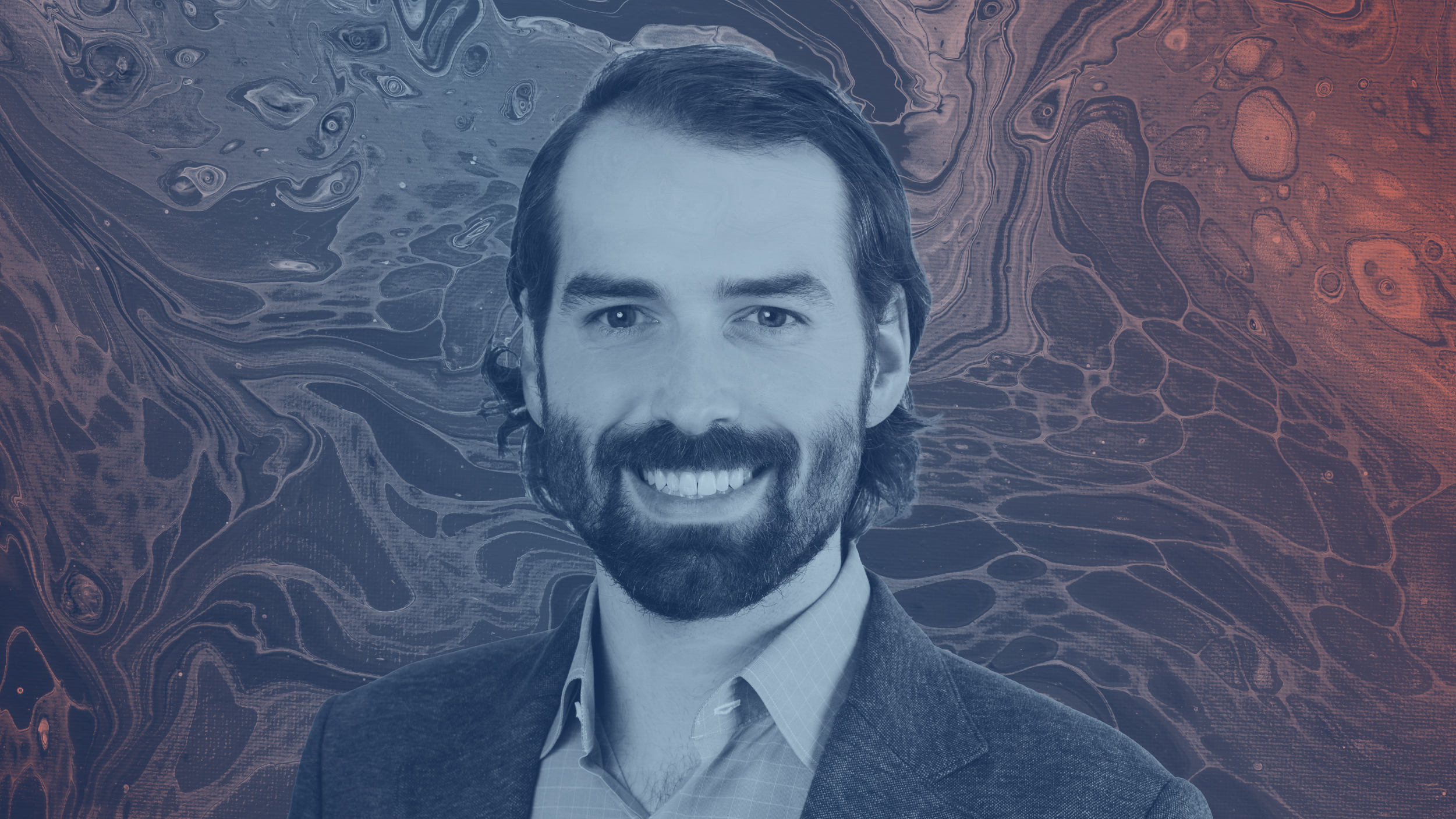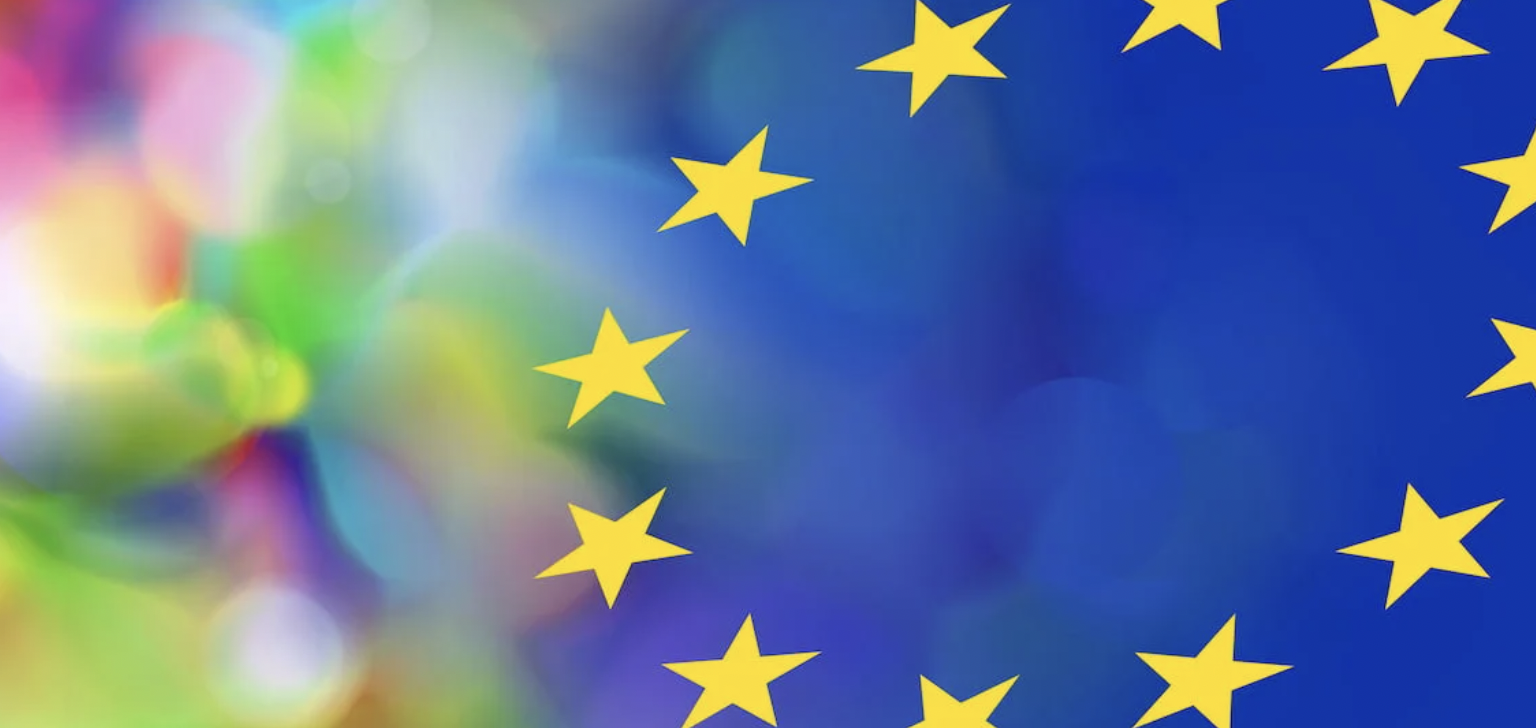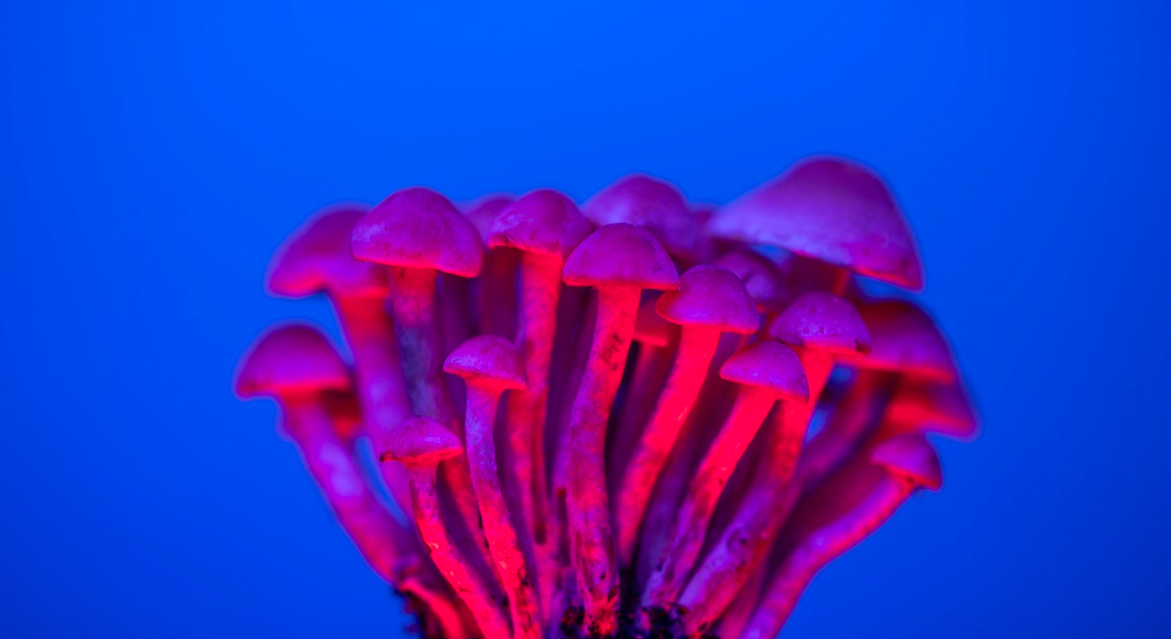
In July, Ann Shulgin passed away following a long battle with lung disease. Alongside late husband Alexander Shulgin, Ann detailed the synthesis of 234 psychoactive compounds in seminal psychedelic texts PiKHAL and TiKHAL.
Alexander Shulgin is best known for creating phenethylamines, a class of compounds that includes the psychedelic medicines mescaline and MDMA. When Alexander Shulgin synthesised MDMA in 1976 and noted its properties as an empathogen, he introduced the compound to psychologists and therapists.
By 1986, when the DEA placed MDMA on the Schedule 1 list of narcotics, the psychoactive compound had been administered to thousands of patients. In support of the therapeutic application of psychedelic medicines, Alexander wrote ‘Use them with respect as to the transformations they can achieve, and you have an extraordinary research tool.’
The Shulgins’ prolific development of phenethylamines led to two series of substances that would later define their work – substituted dimethoxyphenethylamines, including 2C-B and 2C-I, and substituted dimethoxyamphetamines, such as DOI and DOM.
Through the creation of hundreds of tryptamines, the couple demonstrated the ability to alter the psychedelic experience by modifying molecular structure. This provided the foundations for the development of second-generation psychedelic medicines in the 21st century, with many standing on the shoulders of the Shulgins.
On the Shoulders of the Shulgins
Second-generation compounds are developed as close derivatives of traditional psychoactive compounds, such as MDMA or LSD, with modifications that improve their utility and integration into healthcare frameworks.
Traditional psychedelic medicines are often long-lasting, with extensive onset and offset times. This extends the timeframe required for psychedelic-assisted therapy, and the demand on therapists, which increases treatment costs.
To reduce the cost of psychedelic-assisted therapy and lessen the burden on healthcare providers, drug developers are synthesising shorter-acting tryptamines. Speaking with PSYCH, Cybin’s CEO, Doug Drysdale, said: ‘Psilocybin is very long-acting. Patients can be in the clinical setting for a whole day, eight hours or so.
‘When we speak to our partners who run depression clinics and addiction clinics, they really struggle with that, as many only have a handful of treatment rooms. To take up a whole room for a whole day with a single patient is inefficient and probably not practical.
‘We’ve managed to increase the speed of onset by two times and cut duration in half. This means a patient will spend less than half of the time in the clinic than they would with traditional psilocybin. This frees up the resources and makes the treatments more accessible.’
Safeguarding Patients
In addition to boosting the accessibility of psychedelic healthcare, the creation of second-generation compounds enables developers to address safety concerns. For instance, ibogaine has shown efficacy in the treatment of opioid use disorder, a condition that costs the US economy over US$225 billion a year, but safety concerns have prevented its widespread adoption.
In the last 30 years, there have been over twenty recorded deaths following the ingestion of ibogaine, with drug developers investigating safer alternatives.
 18-MC is a second-generation psychedelic medicine, first synthesised in 1996 as a second-generation ibogaine analogue with reduced impact on the cardiovascular system. MindMed recently completed Phase I clinical trials with the compound in the treatment of opioid withdrawal and opioid use disorder, with topline results expected in Q3 2022.
18-MC is a second-generation psychedelic medicine, first synthesised in 1996 as a second-generation ibogaine analogue with reduced impact on the cardiovascular system. MindMed recently completed Phase I clinical trials with the compound in the treatment of opioid withdrawal and opioid use disorder, with topline results expected in Q3 2022.
‘While ibogaine has been used and studied as a treatment for opioid addiction, its efficacy, while promising, has been overshadowed by significant safety concerns,’ commented Robert Barrow, Chief Executive Officer and Director of MindMed. ‘Our proprietary molecule, 18-MC, has indicated an encouraging safety profile and preclinical efficacy data.’
Proprietary Molecules
Through the creation of second-generation psychedelic medicines, companies such as MindMed can patent their developed compounds. In the UK, US and Canada, new drugs are licensed upon discovery, with a patent term of 20 years. Patenting medications provides drug manufacturers with a period of market exclusivity, which incentivises innovation by enabling treatment developers to monopolise sales.
As many psychoactive compounds were patented in the mid-20th century, their patents have since expired. Consequently, drug developers need to develop and patent second-generation psychedelic medicines to safeguard their investment.
‘To approve medical drugs in the existing framework is pretty expensive,’ said Christian Angermayer, founder of atai Life Sciences, at a PSYCH Investor Summit. ‘Therefore I need capital and I can get capital if I make a business model out of it. So I need to secure it with patents.’
Although the Shulgins discovered dozens of psychoactive compounds, none were patented – with their synthesis instead made publicly available. Building upon the couple’s extensive research, drug developers are now attempting to expand the application of their discoveries.
For example, 4-HO-DiPT, a close analogue of psilocin, is the basis for Field Trip’s FT-104, which was patented in January. Last month, Field Trip administered the first dose of FT-104, with Phase II studies for treatment-resistant depression and postpartum depression penned for 2023.
Further information on the clinical trials taking place in psychedelic healthcare can be found in The Psychedelics as Medicine Report. 200+ pages of insights empower investors, operators and regulators to make informed decisions. Download your complimentary copy today: https://psych.global/report


